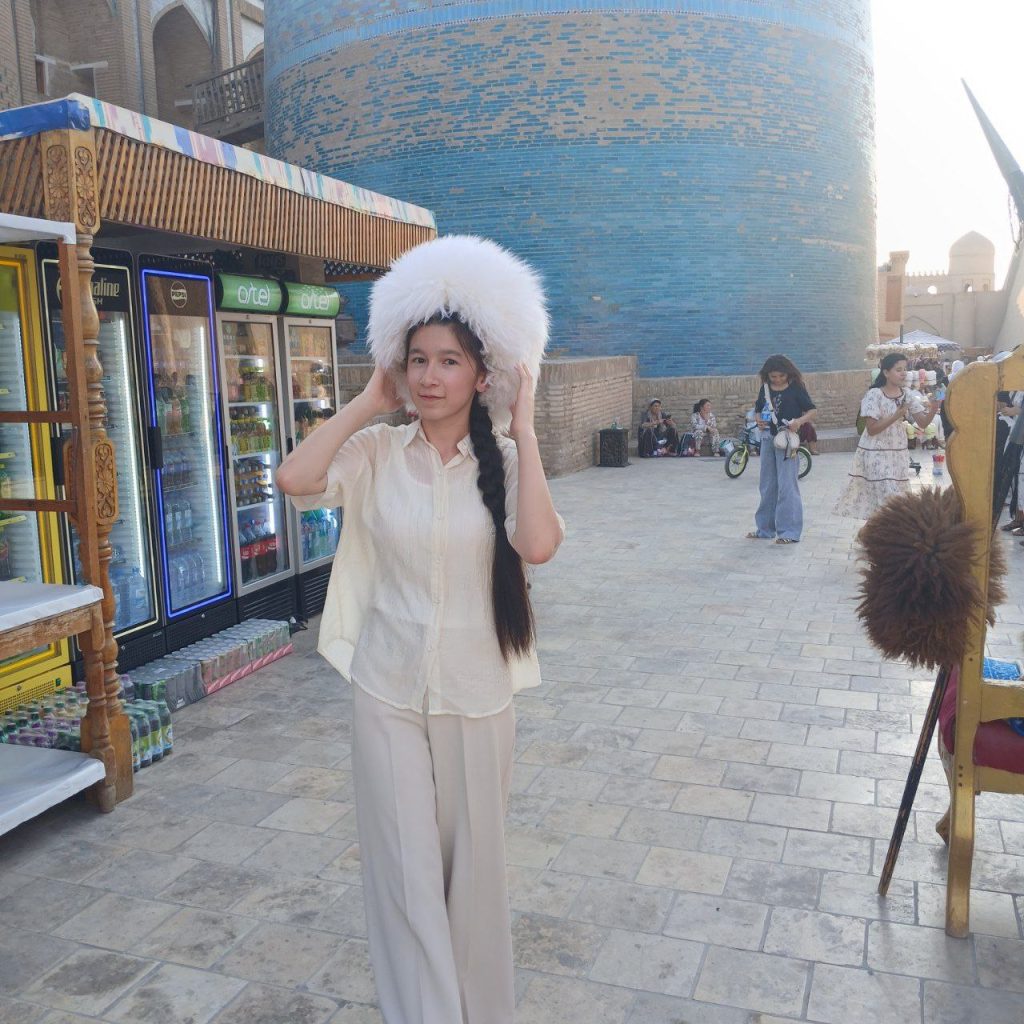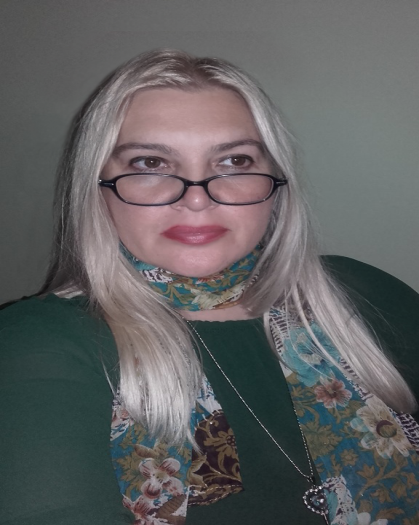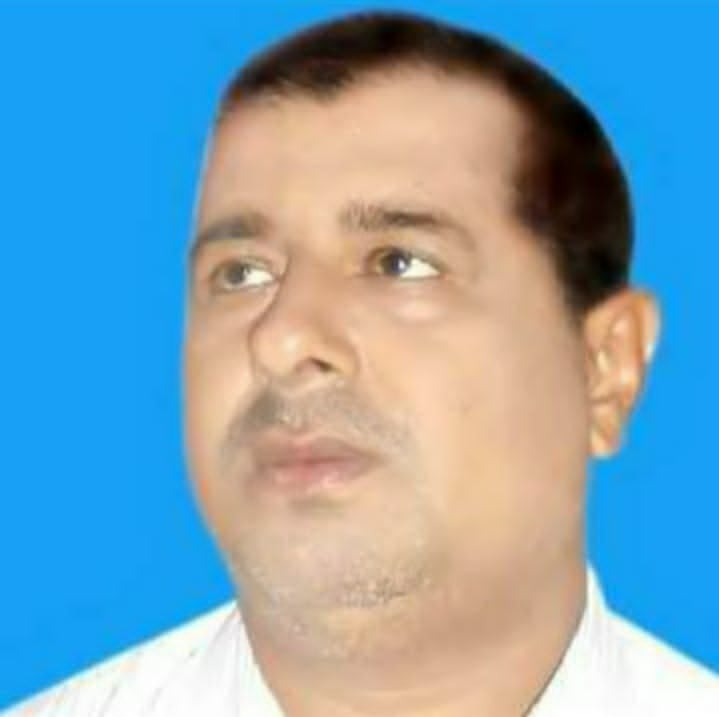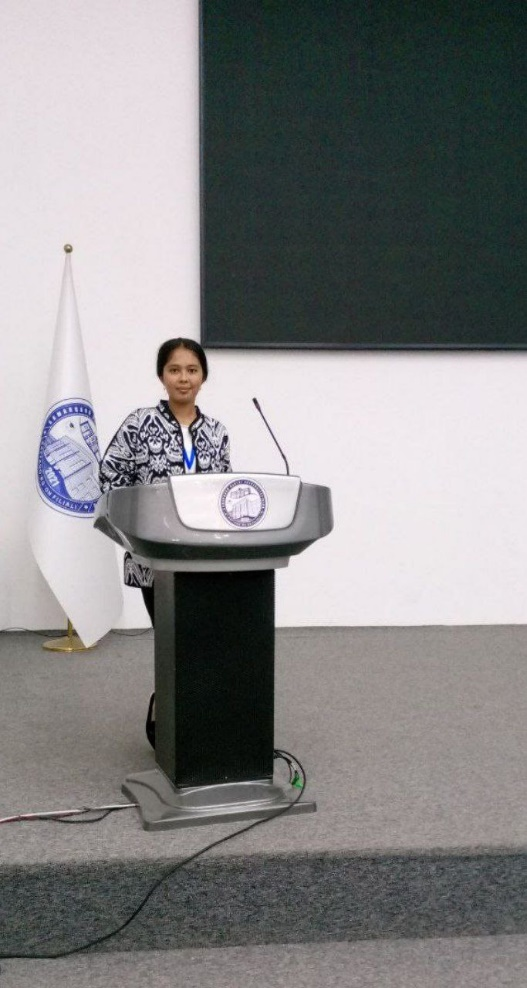The Great Buster Keaton
They called him Buster before he could walk,
a name bestowed mid-flight.
The small body airborne… tumbling across a tent floor,
Thud!
Landing against a wall.
Splat!
The crowd gasps.
His father grins.
His mother braces
for the next throw.
Little Buster learned the language of flight and fall,
of prat and pathos,
his bruises spelling destiny in slapstick form.
Even before the tiny tyke could talk
he knew the music of collapse,
how a tumble, timed just right,
could make the audiences roar.
A suitcase handle sewn into his shirt
so he could be caught — whoosh! — or hurled,
or lifted once more toward the lights.
Tossed and tossed again.
No wings held him aloft – only force.
Applied gently, they said.
He knew how to land without getting hurt, they said.
Whack! — the floor met his shoulder.
Clunk! — the chair gave way.
No one blinked
as he sailed through the air with the greatest of ease.
Whoosh! Crash! Oof!
Poor little beggar.
If he wept, he saved it for the wings.
Every gesture a theorem,
every stumble a lesson in physics.
He mapped the universe in pratfalls,
angles, arcs, impossible collisions.
The film sets became his instruments.
He built cathedrals of collapse,
stood ghostly-serene at their altars of debris.
The house closed around him — Boom! —
but he did not move.
The General thundered beneath him,
Chuff-chuff! Hiss! Steam! Screech!
He rode its spine through fire and wreckage,
choreographing peril with the calm of a monk.
If the world was falling apart,
he would stand at its center – unblinking,
his hat flat as a crushed box.
He rose through skylights,
swung from cranes,
rode locomotives like comets through smoke —
Bang! Clang! Crash!
When sound arrived it struck him mute.
The clatter of words drowned the music of motion.
The studios – deaf to grace –
bound him in contracts and broke his heart.
Yet film remembers what men forget.
Decades later — click-whirr-flicker —
there he was, forever falling,
forever rising,
forever young,
the universe collapsing in perfect rhythm
around that impassive, ghostly face.
They said he was reckless.
They didn’t see the math —
the quiet calculus of momentum and grace,
the prayers murmured in angles.
The man was broken.
His body a grieving testimony
to fractured bones and battered necks.
Crack. Pop. Groan.
Fame has no loyalty.
The applause faded.
The wife who once adored him
bled him dry.
He gave her laughter;
she returned silence.
Yet his sons, God bless them,
saw the angel in their father’s battered frame,
the kindness behind the mask,
the gentleness no camera could steal.
It is said he lost a forefinger to a clothes wringer.
Whirrrr! Snap!
Gashed his head with a brick that boomeranged —
Thunk!
And was once sucked from an upstairs window
by a passing cyclone — Whoooosh! —
carried floating through the air,
and set down, unhurt,
in the middle of a street a few blocks away.
That face — oh, that face —
the stillest face in motion pictures,
an angel carved from exhaustion and grace.
Eyes like cloud light before a storm,
mouth a straight horizon line
against which the world could crash.
He did not flinch.
He never would.
In the twilight reels of his life,
Buster walked once more into the light,
a man stitched together by falls,
patched with laughter,
tempered in silence.
The world had turned to color and chatter,
but he remained black-and-white and eternal.
A ghostly flicker of silver
drifting upward through the hum of the projector.
Samuel Beckett once said he had
“the perfect face for the condition of being.”
And it was true.
His face a canvas
where absurdity met grace,
silence met survival.
Click.
Whirr.
Flicker.
And there, amid the hiss of the film, the shimmer of dust —
a single line escaped him,
soft as breath:
“I think I have had the happiest and luckiest of lives.”
He smiled — almost —
and vanished
into light.





